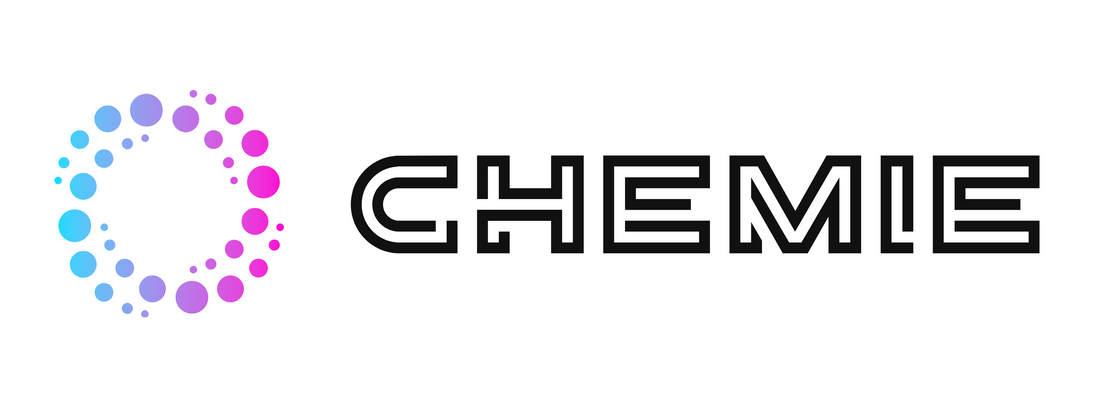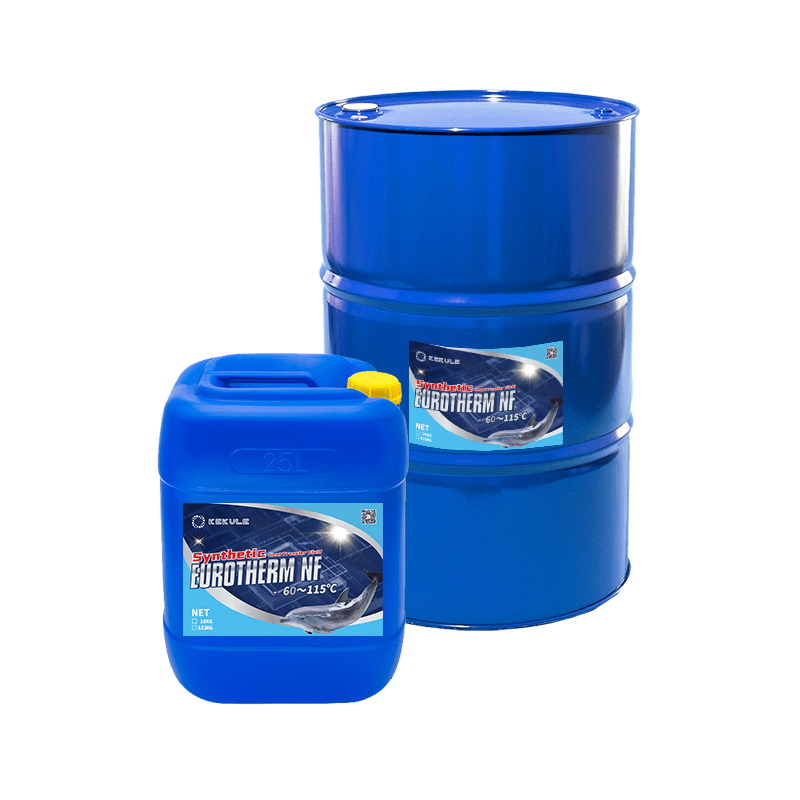3 Easy Facts About Chemie Explained
3 Easy Facts About Chemie Explained
Blog Article
Chemie Fundamentals Explained
Table of ContentsExcitement About ChemieHow Chemie can Save You Time, Stress, and Money.The Best Guide To ChemieChemie Fundamentals ExplainedMore About ChemieGetting My Chemie To Work
By Bojanna Shantheyanda, Sreya Dutta, Kevin Coscia and David SchiemerDynalene, Inc. Fluid air conditioning, which can be accomplished making use of indirect or straight means, is made use of in electronic devices applications having thermal power thickness that might exceed risk-free dissipation with air cooling. Indirect fluid air conditioning is where heat dissipating digital elements are literally separated from the fluid coolant, whereas in case of direct cooling, the components remain in direct call with the coolant.In indirect air conditioning applications the electrical conductivity can be essential if there are leakages and/or splilling of the fluids onto the electronics. In the indirect cooling applications where water based fluids with deterioration inhibitors are typically utilized, the electric conductivity of the liquid coolant primarily depends on the ion concentration in the fluid stream.
The rise in the ion concentration in a shut loophole fluid stream may happen due to ion leaching from metals and nonmetal elements that the coolant fluid is in call with. During operation, the electric conductivity of the fluid may raise to a level which could be harmful for the air conditioning system.
Chemie Fundamentals Explained
(https://www.behance.net/betteanderson)They are bead like polymers that can trading ions with ions in an option that it is in call with. In the present work, ion leaching examinations were performed with various steels and polymers in both ultrapure deionized (DI) water, i.e. water which is dealt with to the highest degree of pureness, and reduced electrical conductive ethylene glycol/water combination, with the determined modification in conductivity reported in time.
The examples were allowed to equilibrate at room temperature for two days before tape-recording the initial electrical conductivity. In all examinations reported in this research study fluid electrical conductivity was gauged to an accuracy of 1% making use of an Oakton CON 510/CON 6 collection meter which was calibrated prior to each measurement.
The smart Trick of Chemie That Nobody is Talking About
from the wall heating coils to the center of the furnace. The PTFE example containers were positioned in the heater when constant state temperatures were reached. The examination configuration was eliminated from the furnace every 168 hours (7 days), cooled down to space temperature with the electrical conductivity of the fluid gauged.
The electrical conductivity of the liquid sample was kept track of for an overall of 5000 hours (208 days). Schematic of the indirect closed loophole cooling experiment set up. Parts utilized in the indirect closed loophole cooling experiment that are in call with the fluid coolant.

The 6-Minute Rule for Chemie
The change in fluid electric conductivity was checked for 136 hours. The liquid from the system was gathered and stored.

0.1 g of Dowex resin was added to 100g of liquid samples that was taken in a different container. The blend was stirred and change in the electrical conductivity at room temperature level was gauged every hour. The determined change in the electrical conductivity of the UP-H2O and EG-LC test liquids containing polymer or metal when engaged for 5,000 hours at 80C is revealed Figure 3.
Some Ideas on Chemie You Need To Know
Number 3. Ion seeping experiment: Calculated modification in electrical conductivity of water and EG-LC coolants containing either polymer or metal examples when immersed for 5,000 hours at 80C. The outcomes indicate that metals added fewer ions into the liquids than plastics in both UP-H2O and EG-LC based coolants. This can be as a result of a slim steel oxide layer which might work as an obstacle to ion leaching and cationic diffusion.
Fluids having polypropylene and HDPE showed the least expensive electric conductivity modifications. This can be because of the short, inflexible, linear chains which are less likely to add ions than longer branched chains with weaker intermolecular pressures. Silicone additionally executed well in both test liquids, as polysiloxanes are generally chemically inert as a result of the high bond power of the silicon-oxygen bond which would protect against destruction of the material right into the liquid.
All About Chemie
It would certainly be anticipated that PVC would produce comparable results to those of PTFE and HDPE based on the similar chemical frameworks of the products, however there may be various other contaminations existing in the PVC, such as plasticizers, that might impact the electrical conductivity of the fluid - meg glycol. learn the facts here now Furthermore, chloride teams in PVC can also leach into the test liquid and can cause an increase in electrical conductivity
Polyurethane completely disintegrated into the examination liquid by the end of 5000 hour examination. Before and after images of steel and polymer examples immersed for 5,000 hours at 80C in the ion seeping experiment.
Measured modification in the electrical conductivity of UP-H2O coolant as a feature of time with and without resin cartridge in the shut indirect air conditioning loophole experiment. The measured adjustment in electric conductivity of the UP-H2O for 136 hours with and without ion exchange material in the loop is shown in Number 5.
Report this page